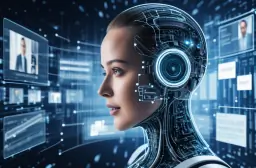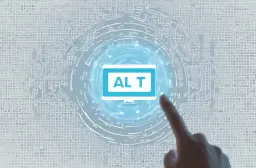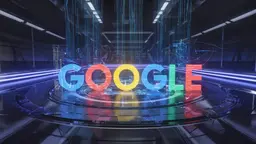AI Text to Image Generator: Turn Words into Art
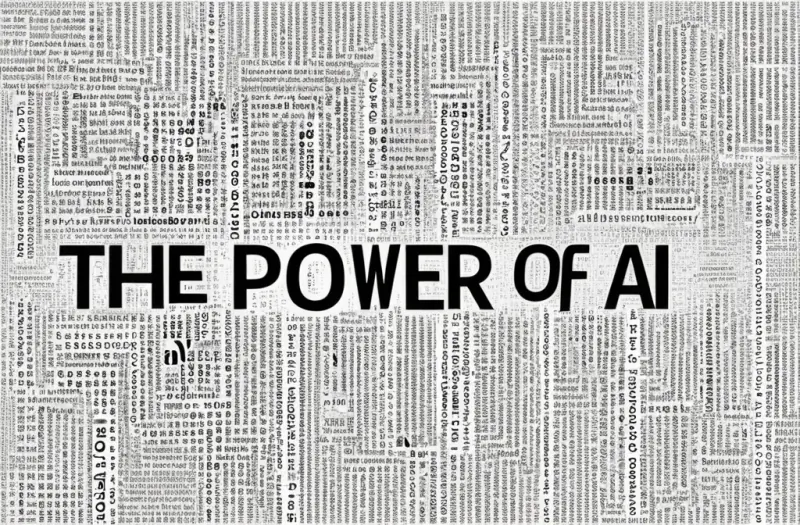
Table of Contents
In today’s rapidly evolving technological landscape, the fusion of artificial intelligence with creative processes is nothing short of revolutionary. AI text to image technology stands at the forefront of this transformation, turning written words into stunning visual representations. This remarkable advancement is reshaping how we create and interact with visual content, offering unprecedented opportunities for artists, marketers, and designers alike.
As we delve into this fascinating topic, we’ll explore how AI-driven image production is transforming our creative experiences. We’ll discuss the underlying technology, its applications, and the future potential of this innovative tool. Let’s embark on this journey to understand the profound impact of text-based image creation on various industries.
Understanding AI Text to Image Technology
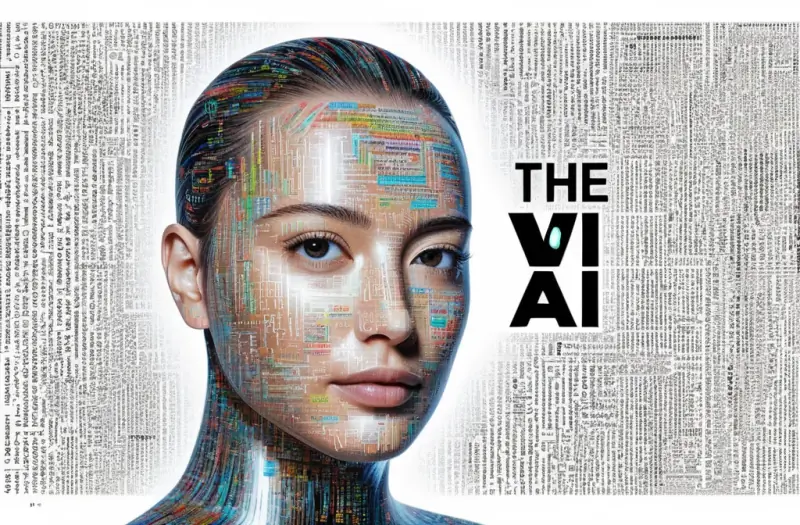
AI text to image technology leverages the power of machine learning and neural networks to convert textual descriptions into visual art. This process involves several key components, including:
- Machine Learning Image Synthesis: Using algorithms to learn from large datasets of images and texts to create new, contextually relevant visuals.
- Neural Network Image Generation: Employing deep learning models that mimic human brain functions to generate images based on textual input.
- Text-to-Image Synthesis: The process of translating written descriptions into visual content, ensuring that the generated images accurately reflect the text.
How AI Text to Image Works
At its core, AI text to image technology relies on advanced deep learning image generation techniques. Here’s a simplified overview of how it works:
- Data Collection: The AI system is trained on vast amounts of data, including images and their corresponding textual descriptions.
- Training Phase: Neural networks analyze these data sets, learning to associate specific words and phrases with visual elements.
- Generation Phase: When provided with a new text input, the AI uses its learned knowledge to create a unique image that represents the described content.
This process involves complex computations and sophisticated algorithms, enabling the AI to produce visually appealing and contextually accurate images based on textual descriptions.
Applications of AI Text to Image Technology
AI-powered visual content creation is finding applications across various fields:
- Art and Design: Artists and designers are using AI to explore new creative possibilities and generate unique visual artworks.
- Marketing and Advertising: Marketers leverage AI to create compelling visual content that aligns with their campaigns and resonates with audiences.
- Entertainment: The entertainment industry utilizes AI to design characters, scenes, and other visual elements for films and video games.
These applications demonstrate the versatility and potential of AI text to image technology in enhancing creative workflows and driving innovation.
Benefits of AI Text to Image Technology
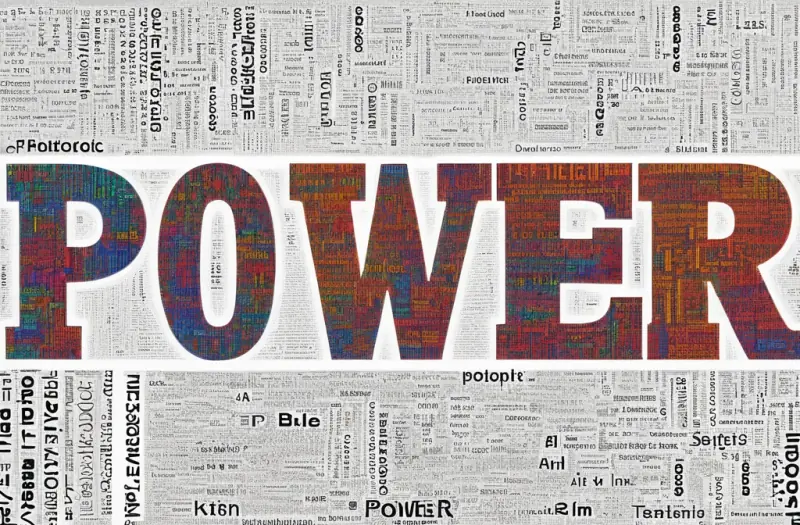
The advantages of AI text to image technology are numerous and impactful. Here are some key benefits:
- Enhanced Creativity: AI allows creators to experiment with new ideas and generate visuals that might be difficult to produce manually.
- Increased Efficiency: Automated image design speeds up the creative process, enabling quicker turnaround times for projects.
- Cost-Effectiveness: Reduces the need for extensive manual labor and expensive graphic design resources.
By integrating AI into creative processes, we can achieve higher levels of productivity and innovation, unlocking new possibilities for artistic and commercial endeavors.
Challenges and Considerations
While the potential of AI-driven image production is immense, there are challenges and considerations to address:
- Quality Control: Ensuring that AI-generated images meet quality standards and accurately reflect the intended message.
- Ethical Concerns: Addressing issues related to copyright, originality, and the ethical use of AI in creative fields.
- Bias and Representation: Ensuring that AI systems do not perpetuate biases or misrepresent certain groups or themes.
Navigating these challenges requires ongoing research, thoughtful implementation, and collaboration among stakeholders in the AI and creative communities.
The Future of AI Text to Image Technology
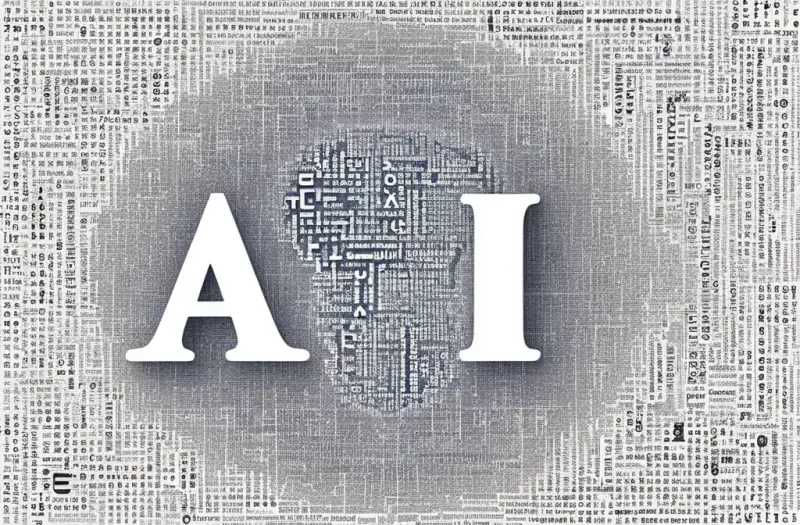
Looking ahead, the future of text-based image creation is bright and full of potential. As technology continues to advance, we can expect:
- Improved Accuracy: Enhanced algorithms and models will lead to more precise and contextually accurate image generation.
- Broader Adoption: Increased use of AI in various industries, from education to healthcare, to create tailored visual content.
- Collaborative Tools: Development of tools that allow seamless integration of AI into creative workflows, fostering collaboration between humans and machines.
The ongoing evolution of AI text to image technology promises to redefine the boundaries of creativity and visual communication.
FAQs
What is AI text to image technology?
AI text to image technology uses artificial intelligence to generate visual content based on textual descriptions. This involves machine learning and neural networks to create images that accurately reflect the given text.
How does AI text to image generation work?
The technology works by training neural networks on large datasets of images and texts. These networks learn to associate specific words with visual elements, enabling them to generate new images from textual input.
What are the benefits of AI-driven image production?
Benefits include enhanced creativity, increased efficiency, and cost-effectiveness. AI allows for faster and more diverse visual content creation, reducing the need for manual labor.
What are the challenges associated with AI text to image technology?
Challenges include ensuring image quality, addressing ethical concerns, and preventing bias in generated content. These issues require careful consideration and ongoing research.
What does the future hold for AI text to image technology?
The future promises improved accuracy, broader adoption across industries, and the development of collaborative tools that integrate AI into creative workflows.
Conclusion
AI text to image technology represents a significant leap forward in how we create and interact with visual content. By harnessing the power of machine learning image synthesis and neural network image generation, we can transform written descriptions into visually stunning art. This technology offers a wealth of benefits, including enhanced creativity, efficiency, and cost savings, while also presenting challenges that need to be addressed thoughtfully.
As we move forward, it’s exciting to anticipate the continued evolution of AI text to image technology and its impact on various fields. By staying informed and embracing these advancements, we can unlock new creative possibilities and drive innovation in our visual storytelling endeavors.
Key Takeaways
- AI text to image technology uses advanced algorithms to convert textual descriptions into visual art.
- Benefits include increased creativity, efficiency, and cost-effectiveness.
- Challenges such as quality control and ethical concerns need to be addressed.
- The future holds promise for more accurate, widespread, and collaborative AI-driven v
Popular Tags
ADS SPACE HERE
